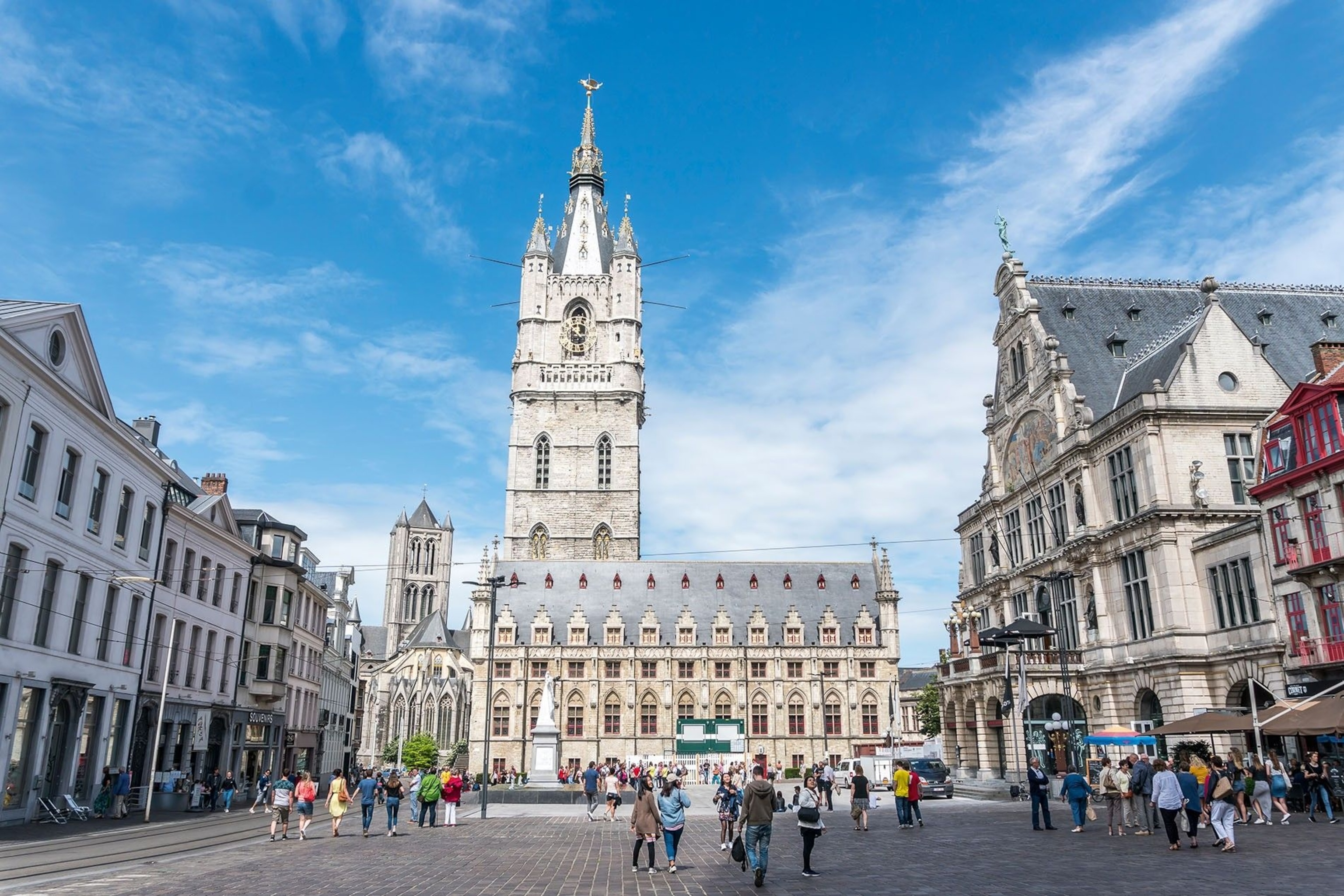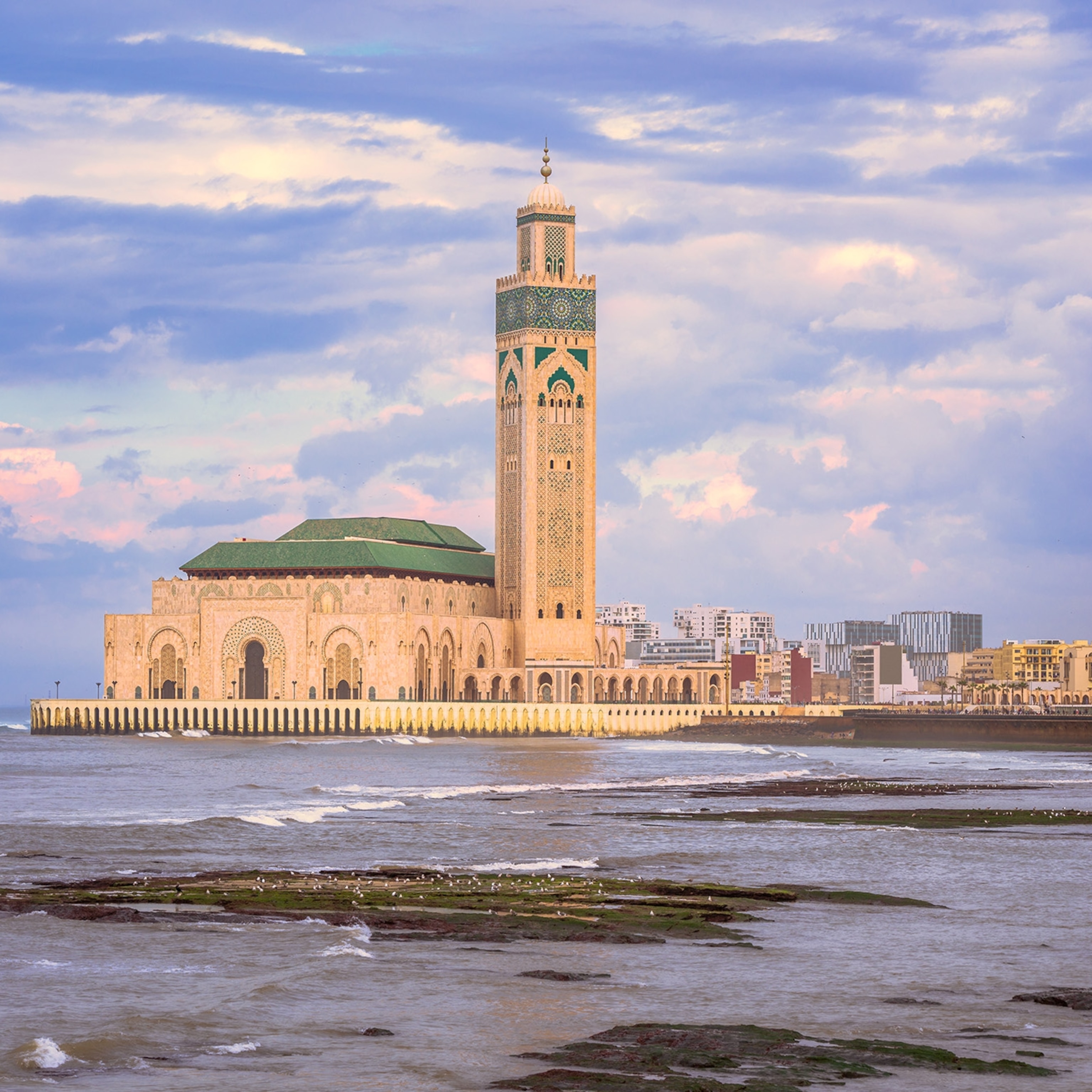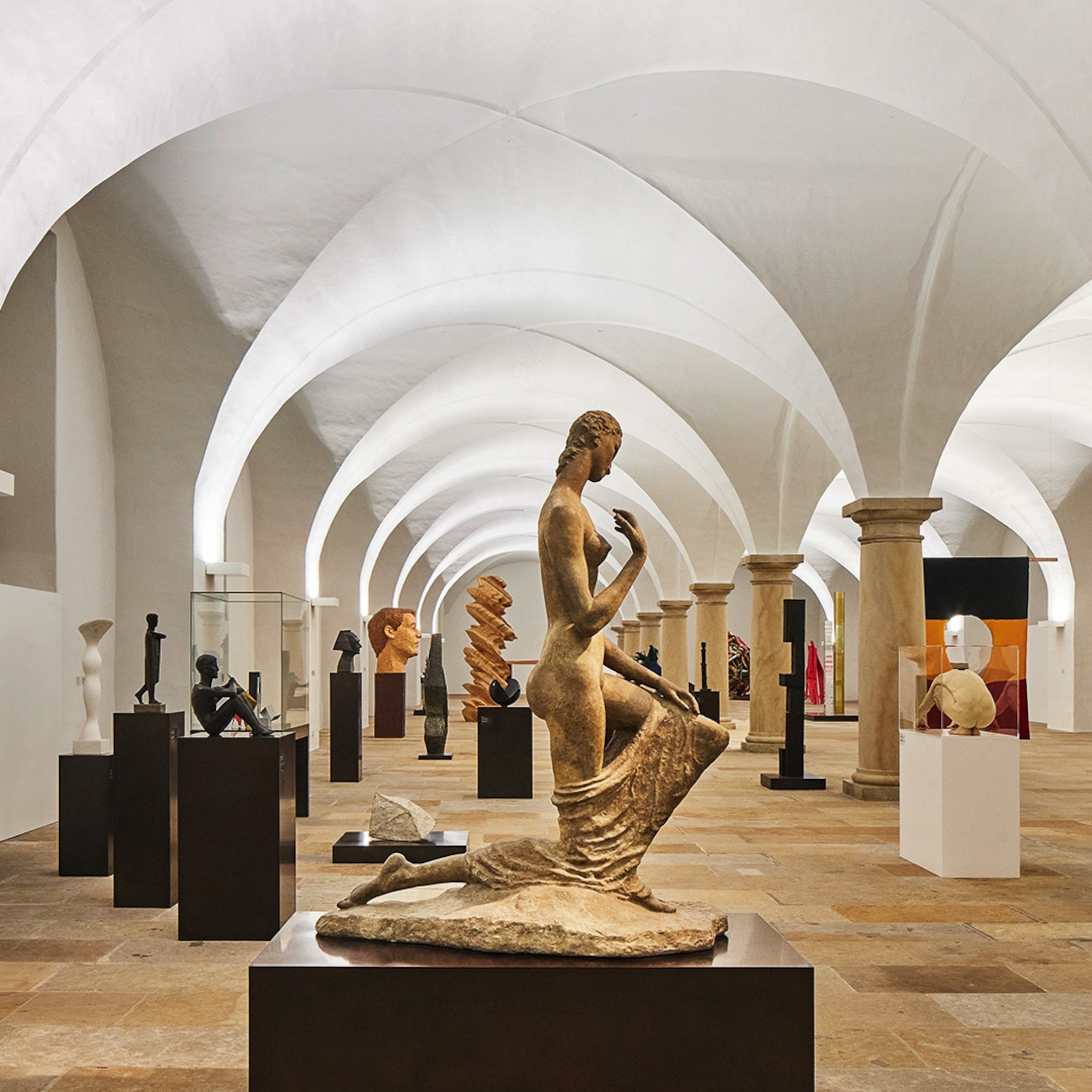
From brutalism to baroque: Europe’s best cities for architecture
Architectural styles speak volumes about a city’s history, culture, ambitions and aspirations. We shine a light on six of Europe’s architectural beauties.
Brutalism in Belgrade
With socialist history drilled deep into their stark forms, the soaring 1950s and 1960s residential blocks and civic centres of the Serbian capital were once thought of as bold, visionary and futuristic in communist-era Eastern Europe. Former capital of Yugoslavia, Belgrade retains its brutal beauty, and its beating heart is found in Novi Beograd (New Belgrade), a concrete utopia on the left bank of the Sava river. Here, ambitious and angular grey blocks were built to house thousands. High on any hit-list should be the modernist Sava Centar, the Palace of Serbia government building, and the Jenga-like ‘Toblerone’ building. YugoTour offers three-hour spins of the brutalist sights in cult-cool Yugo cars. From €45 (£40).
The must-see: Belgrade’s tallest building, the 36-storey Genex Tower (officialy the Western City Gate) is a true bastion of brutalism, topped with a revolving restaurant that, ironically, never revolved.
Art nouveau in Nancy
Under-the-radar Nancy is one of France’s true architectural treasures. The former capital of the Duchy of Lorraine spawned its own breed of art nouveau, courtesy of the École de Nancy school, founded by Émile Gallé in 1901. Here, as elsewhere, art nouveau sought inspiration in nature, with vines, flowers and naturalistic patterns creeping across facades, stained-glass windows and balustrades. Must-sees include the Chambre de Commerce, embellished with wrought ironwork; decorous Brasserie Excelsior, and the Musée de l'École de Nancy’s exquisite decorative art collections. The tourist office on Nancy’s and opulent main square, Place Stanislas, stocks maps for self-guided art nouveau walks.
The must-see: Designed by art nouveau pioneer Henri Sauvage in 1901, Villa Majorelle was the home and studio of designer Louis Majorelle. Its facade is a riot of curvaceous windows and twisting ironwork.
Manueline in Lisbon
A man with exuberant tastes, King Manuel I bankrolled towers, monasteries, palaces and churches in the florid style named after him. Back then, navigators in the Age of Discovery were riding colonial waves in mighty caravels, filling the royal coffers with riches from distant lands. The best place to admire Manueline architecture in Lisbon today is Belém, where the river widens to meet the Atlantic. Crowned with Moorish-inspired ribbed cupolas, the iconic Torre de Belém tower is a highlight, built to defend the estuary in 1520. Discover Walks offers a free 90-minute walk of the neighbourhood.
The must-see: Jerónimos Monastery was built to celebrate Vasco da Gama’s discovery of a sea route to India in 1498. The maritime link is reflected in intricate stonework: twisting columns and arches are embroidered with nautical motifs like ropes, anchors and the armillary sphere.

Gothic in Ghent
Often eclipsed by the nearby cities of Bruges and Brussels, the Belgian city in the country’s northwest was a powerhouse in the Middle Ages. Along its winding waterways, Flemish cloth trade merchants built step-gabled guild houses high and mighty, and the Brabantine gothic style of architecture flourished here, with its signature rib vaulting and sculpted columns, pointed arch windows and tracery stonework. The city’s compact size means a number of the city’s most imposing edifices can be admired in quick succession. Visitors should stop by the Botermarkt to admire the Belfry, with its dragon keeping watch over the city, and the flamboyant Cloth Hall nearby. Also worth a peek is the 14th-century, barrel-vaulted Weavers’ Chapel, where gothic features contrast with the slickly modern Bolia design store. St Michael’s Church, meanwhile, has a lavish neo-gothic interior and was destined for a dramatic, 470ft-high spire, which was ultimately never realised. Catch a glimpse of the gothic greats on a free walking tour of the city.
The must-see: St Bavo’s Cathedral is a whimsically turreted masterpiece, capped by an 291ft-high tower. Completed in 1432, it’s also home to van Eyck's masterful Adoration of the Mystic Lamb altarpiece.
Renaissance in Florence
Nowhere better defined the spiritual ‘rebirth’ of architecture, art and culture in the 15th and 16th centuries than Florence, where the Medici family ruled and genius reached unprecedented levels in the likes of Michelangelo, Da Vinci and Brunelleschi. The era heralded a return to harmonious proportions and neoclassical decoration in columns, arches and pediments. The Tuscan capital is a feast of Renaissance architecture, not least Brunelleschi’s Basilica di San Lorenzo, with sculptural ornaments by Donatello; Leone Battista Alberti’s black-and-white marble Basilica of Santa Maria Novella, and the vast, symmetrical, rustic-stone Palazzo Pitti. Get Your Guide offers two-and-a-half hour walking tours of Renaissance Florence. From £25.
The must-see: Brunelleschi’s magnum opus is the enormous, red-tiled, octagonal cupola, which put the finishing touch on the Duomo in 1436. Climb the 436 steps to the top for sensational views.
Baroque in Salzburg
Ornate domes, spires and palaces shape the Austrian city’s skyline the way skyscrapers shape Manhattan. Topped off by a hilltop fortress, the Old Town — a UNESCO World Heritage Site — waltzes visitors back to the 18th century. Among the baroque stunners are fountain-splashed Residenzplatz, a stately square where horse-drawn carriages pull up in front of Salzburg Residenz palace, a former stomping ground of the prince-archbishops; the cupola-topped Holy Trinity Church, bearing the imprint of baroque architectural superstar Fischer von Erlach; and Mirabell Palace, which hosts nightly chamber music concerts of Mozart’s music in its lavishly stuccoed and gilded Marble Hall. Architecture is in the spotlight on one-and-a-half hour guided walks of the centre. From €19 (£16).
The must-see: The copper-domed Salzburg Cathedral is baroque in overdrive. Built from Untersberg marble, saints grace the cathedral’s bronze portals and Donato Mascagni of Florence’s flowing frescoes depict the Passion of Christ.
Published in the European Cities Collection, distributed with the April 2020 issue of National Geographic Traveller (UK)
Find us on social media
Facebook | Instagram | Twitter







